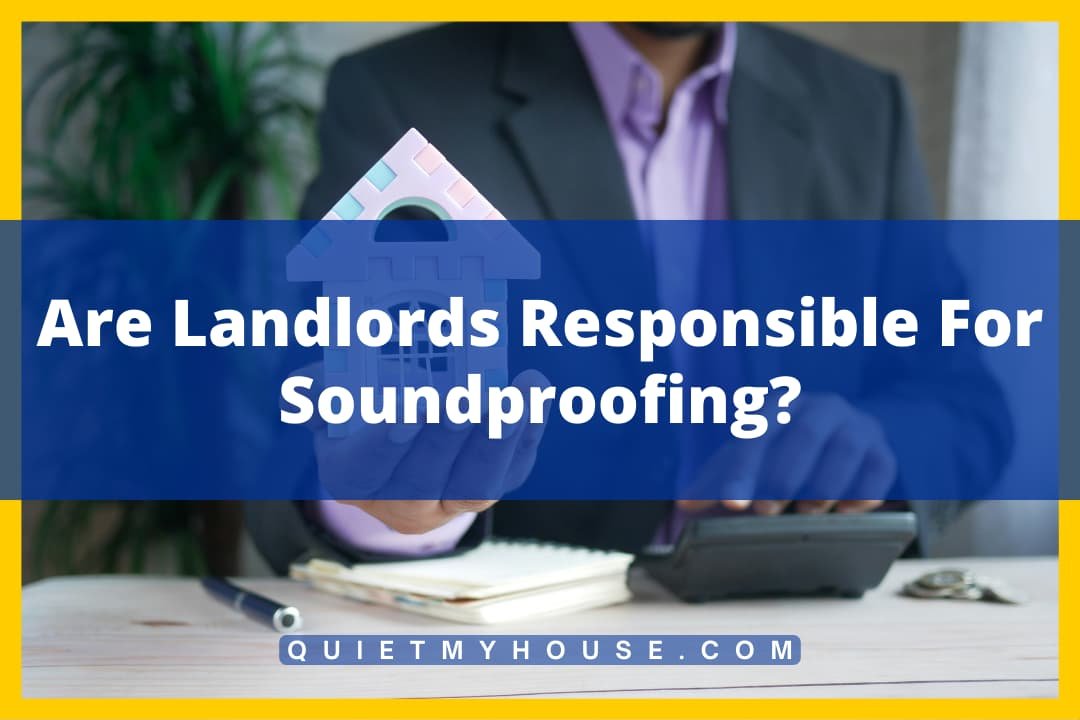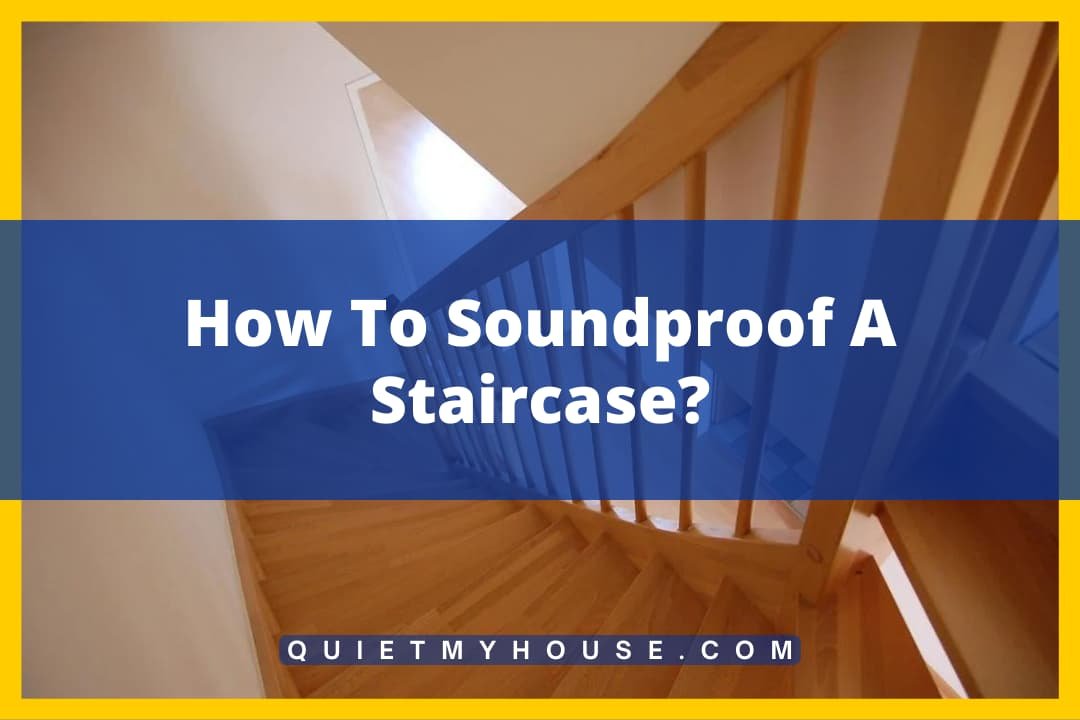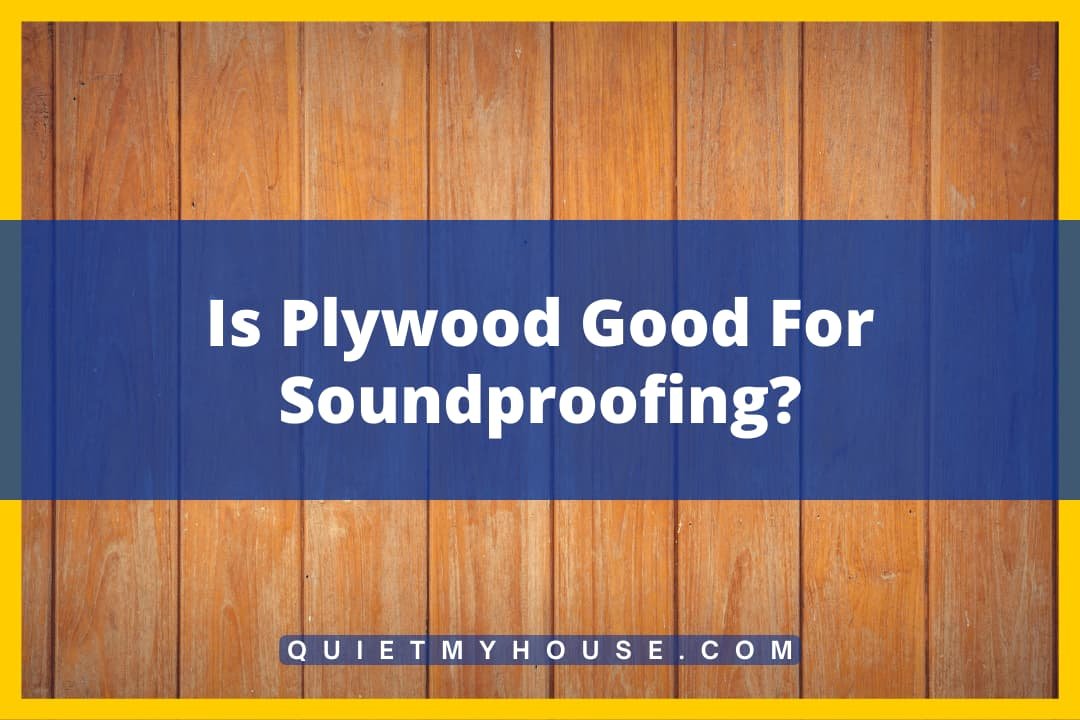Everyone has problems with noise: a neighbor with too loud music, a dryer or dishwasher that’s too loud in the middle of the night, traffic from busy streets, or the residual sound of whoever’s watching that loud movie in your home theater. Whatever it is, keeping sounds out of places they shouldn’t be in can be quite a process, and quite a burden on your wallet. Why is that?
Soundproofing materials are expensive because of the quantity needed for projects, the manufacturing process for each material, the need for both soundproofing and sound-absorbing, and the market size. Manufacturers will also market their products as more specialized or valuable to increase prices.
Below is more information on the differences between soundproofing and sound-absorbing and some of the more popular and commonly used noise-reducing materials.
Soundproofing vs Sound Absorbing
There are two different aspects to soundproofing: blocking sound from entering or leaving a room and absorbing sound waves to prevent echoing in the space.
Soundproofing a space means preventing sound from entering it or leaving it. This is often best attained through adding mass to walls or creating dead air between two separate surfaces.
Sound absorption is when a material absorbs sound waves rather than transferring them on, and reduces or eliminates echo, reverberation, and amplification of sounds. Sound absorption will improve sound quality within a space rather than prevent sound from leaving it.
Not all materials used for noise reduction will do both. Do your research ahead of time to see what will work best for you, be it a high price, high-quality material that does both, or a combination of several materials at lower prices.
Achieving both soundproofing and sound absorption will improve the overall auditory experience in whatever space you’re working on.
Mass Loaded Vinyl
Mass Loaded Vinyl (MLV), also known as Limp Mass Barrier, is a widely used soundproofing material that you probably came across when looking into soundproofing. It was designed primarily to work as a sound barrier.
It’s made up of two main components: vinyl and a naturally high-mass element like barium sulfate or calcium carbonate. Vinyl makes the finished product flexible while barium sulfate or calcium carbonate creates the soundproofing capability.
MLV functions as a sound barrier and a sound absorber. This is what makes MLV such a hot-button item in soundproofing.
Most other noise-reducing materials only offer one or the other, not both, and additional materials have to be purchased in order to get a sound barrier and sound absorption.
Another enticing quality is its flexibility. A lot of soundproofing and noise-reducing materials are rigid or really thick and can’t be bent or fit in oddly angled or curved areas. Since MLV is flexible, it can fit in odd places like around loud pipes or on angled or sloped ceilings.
The chemicals used in MLV can often scare people and have them concerned for their personal safety. Luckily, both barium sulfate and calcium carbonate are used in their inert forms, meaning that it’s not generally reactive.
It won’t melt or dissolve under water or other liquids and it can withstand higher temperatures. That being said, it’s not 100% fireproof, so make sure to follow the safety instructions provided with your MLV panels so they aren’t exposed to heat for longer than they can handle.
Acoustic Foam

Acoustic foam is made up of open-cell polyurethane, meaning the tiny cells the foam is composed of are not completely sealed and can be filled with air or water if necessary. It also lets the foam be compressed and then return to its original state.
The open cell form that lets the foam absorb air and water also lets it absorb noise. It can control the reverberations made by sound and help reduce excess noise. Additionally, acoustic foam can enhance sound quality.
It’s often cut in odd shapes in order to let it deal with high and mid frequencies at the same time. By being placed optimally, it can reduce sound echoes and the effects of loud noises in abnormal spaces. The structure of the foam reduces the amplitude of sound waves by dissipating them as heat.
Acoustic foam does have a few safety concerns, like any chemically made material. It’s not fire-resistant or fireproof. While acoustic panels aren’t going to spontaneously catch fire, if you leave them close to a light fixture or other sources of heat, they will eventually catch fire.
Additionally, they are chemically manufactured and have a shelf life. After that time has passed, it will begin to decay in the form of flakes and dust particles and cause problems for your ventilation and the acoustic control the panels were providing.
However, both of these concerns are easily avoided if the panels are installed safely and replaced when needed.
Acoustic foam panels are expensive for several reasons. There’s a smaller, almost niche market for them compared to other uses of polyurethane foam, so manufacturers can set prices where they want them.
They’re made with certain specifications in mind, like longevity, attenuation, abnormal shape, and an open-cell structure. It’s also more expensive because multiple pieces are necessary for larger projects.
Acoustic Caulk (Green Glue noise proofing compound)

Acoustic caulk commonly referred to as Green Glue, a brand that manufactures it, is a viscoelastic, latex-polymer-based caulk. Basically, it’s a caulk that never fully dries.
It effectively functions as another layer between two surfaces and retains some of its elasticity. It’s primarily used as a sound-dampening compound, unlike regular caulk.
The elasticity of acoustic caulk allows it to convert the vibrations or sound waves into heat energy instead of passing them to the next object in the waves’ path.
Typically, acoustic caulk will be used between two solid materials, like sheets of drywall for example. Because they’re rigid and have no elasticity, sound waves pass through them easily.
So, a sound wave will hit the first piece of drywall and pass right through, then hit the acoustic caulk between the two pieces.
The waves will pass into the caulk, the vibration gets transferred into heat because of the elasticity in the caulk’s structure, and the sound waves don’t progress any further.
Green Glue, the most popular and widely used brand of acoustic caulk, is water-based, non-toxic, and non-carcinogenic.
It has no odor, isn’t a fire hazard, and will completely dissipate given time. Like all chemically manufactured products, safety precautions apply, but generally, it isn’t dangerous to your health.
Acoustic caulk can end up being expensive. For it to be fully effective, you’ll need materials for it to be applied between, like drywall as used in the example above. So, there’s the cost for the caulk and the added materials.
Then, you’ll need a caulk applicator, which isn’t included with the caulk itself. Oftentimes, it’s more cost-effective to buy acoustic caulk in bulk and use it for one large project or various smaller projects.




